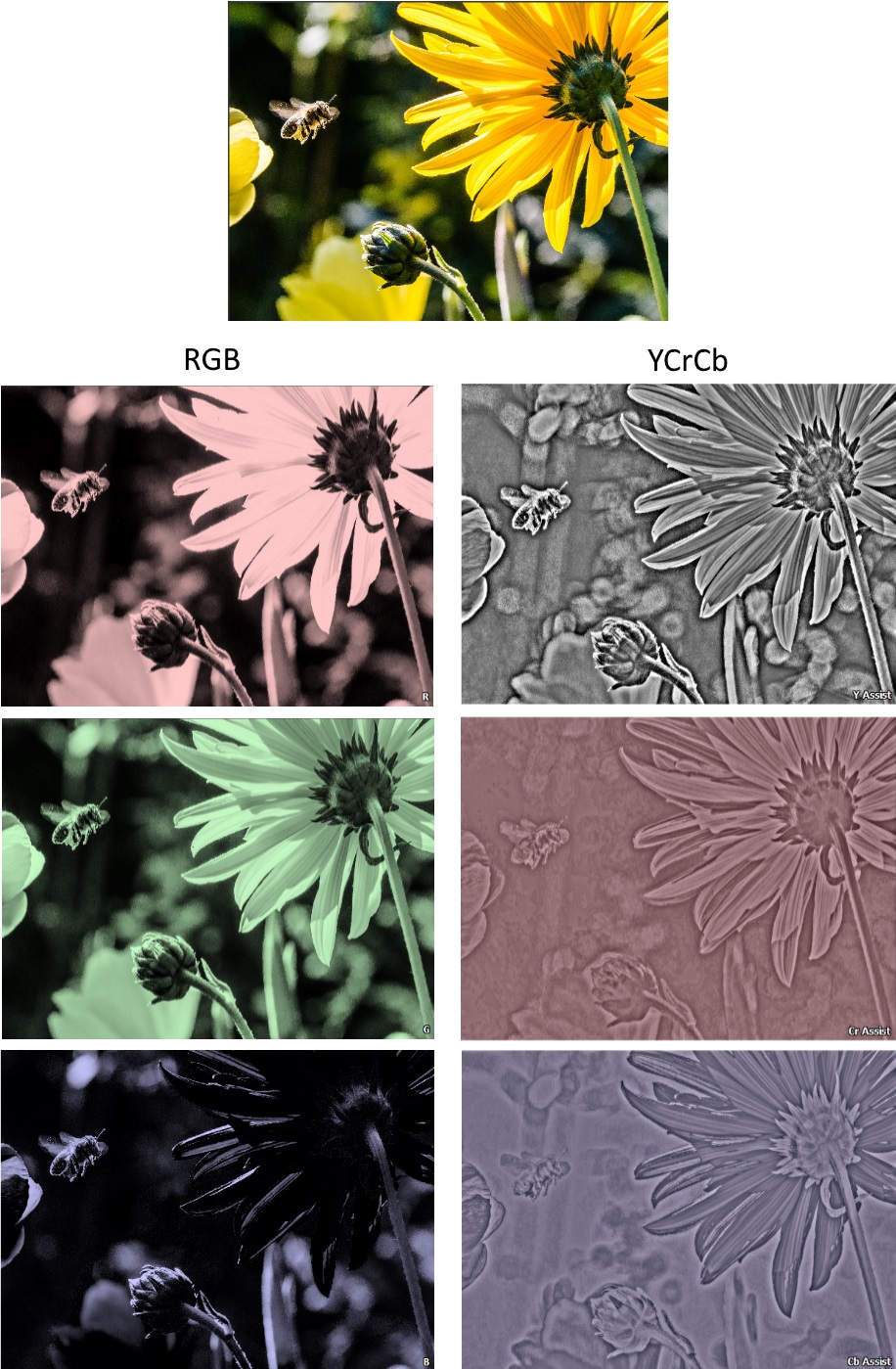The important role of Luminance and Chrominance in noise reduction

Choosing the best settings for noise filtration is a bit of a balancing act. In this process, we tend to think of the screen as the final destination for our photo and video content, but in reality, it is our eyes that are the final processor in the chain. This means that understanding the way our eyes work is critical to making good decisions when it comes to noise reduction. In this three-part series of articles, we’ll examine the different components that make up an image and the different ways our eyes perceive these components. We’ll explore the important role of brightness (Luminance) and color (Chrominance) in noise reduction to help you get better results.
Differences in visual sensitivity
Interestingly, scientific studies into human vision have revealed that we are not equally sensitive to spatial variations in brightness and color. In fact, while we are very good at picking up very fine details in brightness, we are actually less sensitive to fine spatial changes of color. Knowing about these different sensitivities, we can use a smarter approach to noise reduction.

RGB, YCbCr, Luminance & Chrominance
In video and photography, an image is often represented by a system called RGB, in which the image is comprised of three color ‘channels’ - Red, Green and Blue. However, there is another way that the picture can be represented called YCbCr. In this system, the Y is known as the Luminance channel and it represents brightness within the image. While Cb and Cr are Chrominance channels representing the color of the picture.

With separate control over each of these channels, video processors can apply different treatments to take advantage of the difference in our sensitivity with regard to brightness and color. For example, many video codecs separately compress the brightness and color channels to achieve better overall compression without losing the fine details in the brightness channel.
Neat Video and Neat Image also handle digital noise in YCbCr to approach noise reduction differently in the Luminance and Chrominance channels.
Brightness, color and digital noise
When it comes to digital noise however, it gets more sophisticated. That’s because digital noise in the Chrominance channels is also more objectionable to the human eye than noise in the Luminance channel. In other words, while we can see digital noise in the Luminance channel very well, it doesn’t bother us as much as noise in the Chrominance channels. We should also take that into account when applying noise reduction.
This table shows the differences in human visual perception of brightness vs color in relation to noise reduction:
| Eye sensitivity to | Brightness (Luminance) | Color (Chrominance) |
| Fine details | very sensitive | less sensitive |
| Presence of noise | very sensitive; less objectionable | very sensitive; very objectionable |
| Loss of fine details caused by noise reduction | very sensitive; very objectionable | less sensitive; less objectionable |
Taking this into account, Neat Video and Neat Image’s noise reduction strategy is less aggressive for Luminance and more aggressive for the Chrominance component of the image. This results in the most pleasing interplay for our eyes.
Ok, so now that you know a little more about the relationship of Luminance and Chrominance to noise reduction, we should discuss how these considerations can be used in practice when you work with Neat filters. That’s the subject for the next article!